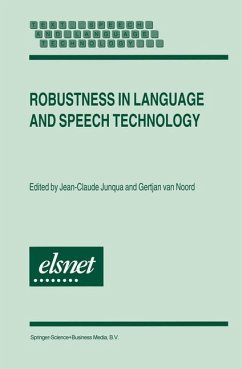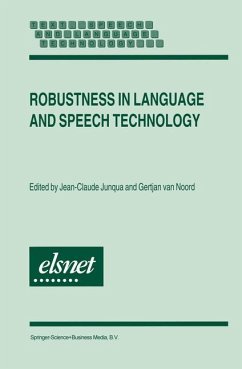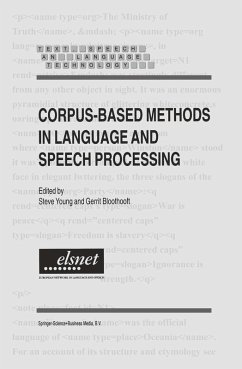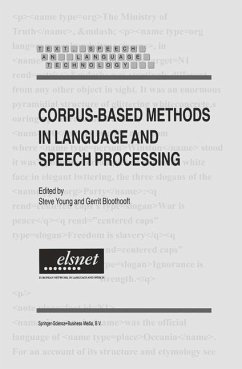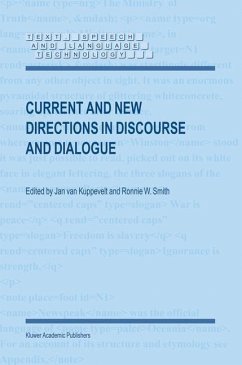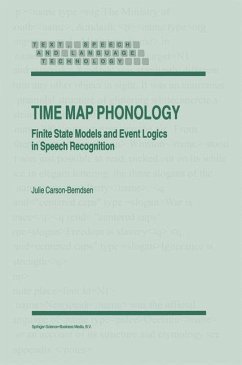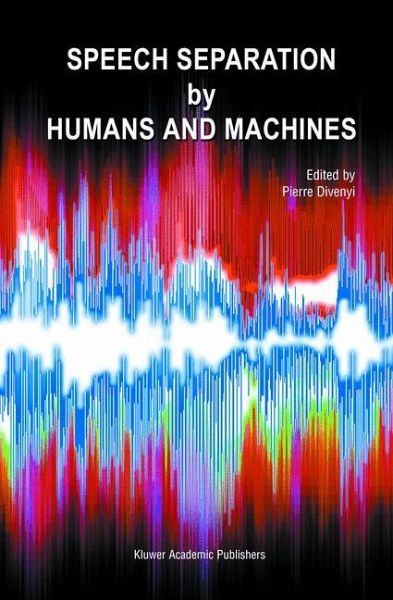
Speech Separation by Humans and Machines
Versandkostenfrei!
Versandfertig in 1-2 Wochen
77,99 €
inkl. MwSt.

PAYBACK Punkte
39 °P sammeln!
There is a serious problem in the recognition of sounds. It derives from the fact that they do not usually occur in isolation but in an environment in which a number of sound sources (voices, traffic, footsteps, music on the radio, and so on) are active at the same time. When these sounds arrive at the ear of the listener, the complex pressure waves coming from the separate sources add together to produce a single, more complex pressure wave that is the sum of the individual waves. The problem is how to form separate mental descriptions of the component sounds, despite the fact that the "mixtu...
There is a serious problem in the recognition of sounds. It derives from the fact that they do not usually occur in isolation but in an environment in which a number of sound sources (voices, traffic, footsteps, music on the radio, and so on) are active at the same time. When these sounds arrive at the ear of the listener, the complex pressure waves coming from the separate sources add together to produce a single, more complex pressure wave that is the sum of the individual waves. The problem is how to form separate mental descriptions of the component sounds, despite the fact that the "mixture wave" does not directly reveal the waves that have been summed to form it. The name auditory scene analysis (ASA) refers to the process whereby the auditory systems of humans and other animals are able to solve this mixture problem. The process is believed to be quite general, not specific to speech sounds or any other type of sounds, and to exist in many species other than humans. It seems to involve assigning spectral energy to distinct "auditory objects" and "streams" that serve as the mental representations of distinct sound sources in the environment and the patterns that they make as they change over time. How this energy is assigned will affect the perceived n- ber of auditory sources, their perceived timbres, loudnesses, positions in space, and pitches.





